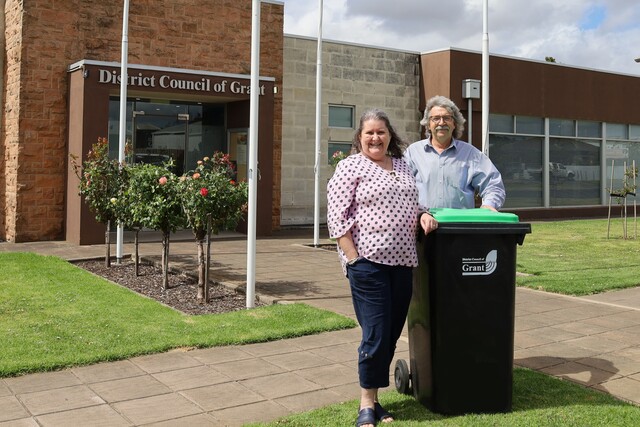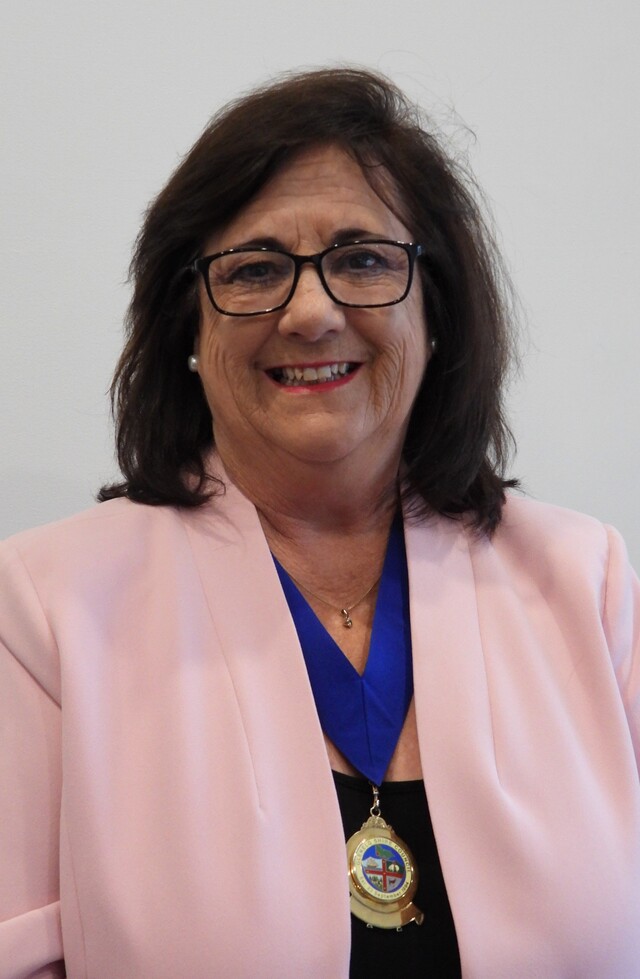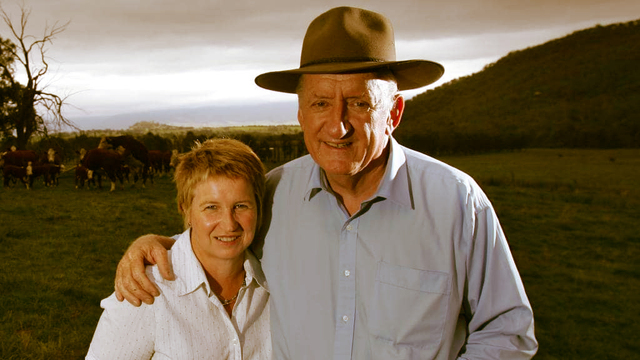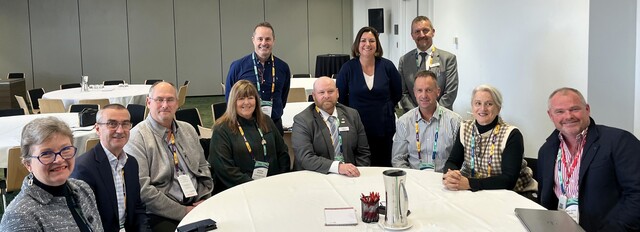The Good Oil * by Rod Brown
We’ve been identifying the main hubs that could form part of a national investment framework. Not in prospect at present, but you must be ready! So, let’s imagine we’re in London or New York and a local investor wants information on what’s on offer.
To date we have identified 12 hubs in Queensland, 20 in New South Wales, 11 in Victoria, eight in South Australia and five in Tasmania.
We have identified 16 hubs in Western Australia. All have good road and air access. Let’s start in the north.
The Kimberley
Kununurra (pop. 6,000) is close to the Northern Territory border and developed as a result of the Ord River scheme, which irrigates ever expanding fruit, cotton and sandalwood crops. Distinctive features are Lake Argyle hydro energy, the Argyle diamond mine and the strong Aboriginal presence. Gee it’s hot. Frontier stuff.
Broome (pop. 15,000) – old pearling port – transformed by UK bon vivante, Lord McAlpine, and his Cable Beach resort – is now a serious hub for aquaculture, tourism, environment, Indigenous culture. Has the opportunity to service the Browse Basin gas fields. Direct air links to Asia.
Pilbara
Moving into the Pilbara region, Port Hedland (pop. 15,000) is dominated by the BHP Billiton iron ore facilities and a significant industrial estate. Fantastic fishing – an 18 foot boat occupies every second car port.
Neighbouring Karratha (pop. 12,000) is a boom town, with folks living in tents, caravans and sea containers on front lawns. It has an annual Fenaclng Festival – an acronym for iron (Fe) and salt (NaCL) plus liquefied natural gas (LNG). These three industries sum it up.
Gascoyne and
Midwest
Further south is the Gascoyne region where Carnarvon (pop. 10,000) is the commercial and administrative hub. Major industries are prawns, game fishing, horticultural, mining, and tourism blessed with world class national parks such as Shark Bay and Ningaloo Reef. Also, Exmouth Marina Village is awaiting development.
Geraldton (pop. 35,000) is the Mid West region’s main centre, and going through a huge boom. A classy city, and relatively close to Perth. Industries include mineral sands, iron ore, crops, wool, lobster. Well developed transport infrastructure now that Oakajee Port has the go ahead. And Port Kalbarri, just
to the north, is absolutely idyllic. Also likely ambassadors in TV identities Ernie Dingo and Tasma Walton.
The ‘Wheatbelt’ is Western Australia’s main grain growing area. It is sprinkled with some good towns – Northam (10,000 pop.), Merredin, Moora and Narrogin have the infrastructure to support foreign investment in grain based product for export. Wave Rock and the Pinnacles are tourist attractors.
We will cover the remaining nine hubs next month.
Federal
programs update
We await signs of the way forward on industry and regional programs. The Cutler Review of the Innovation System has been put back while they sift through over 700 submissions. The report will no doubt restructure the key R&D programs (Commercial Ready and COMET). The sub report on the Cooperative Research Centres (by Mary O’Kane) was tabled last month.
On the regional front, the Government’s 55 Area Consultative Committees have just submitted their views on how the new Regional Development Australia framework might function as from January 2009.
The Government also sought views on what the Regional and Local Community Infrastructure Program might look like. An interesting scenario is forming – no budget has been announced for this program, the consultation process has fed high expectations, and the Building Australia Fund (BAF) will not significantly help the bush.
A miserly local infrastructure program in this space will thus elevate Lieutenant General Sanderson to hero status (see below).
Infrastructure and Regional Development Minister Albanese comes across quite well, and his BAF ($40 billion once it’s matched) provides the leverage for urban infrastructure reform so lacking in the last decade. But it won’t come soon enough for two State Premiers.
‘Failed state crisis’ of remote Australia
Lieutenant General Sanderson, former Vietnam Veteran and Governor of Western Australia, has really come out swinging in support of remote regions.
In the Weekend Australian he recently argued that remote Australia is a failed state, bereft of government that works, its permanent population giving way to mining companies and their ‘mercenary’ fly in, fly out workforces.
He didn’t stop there:
- the lack of governance, people, services, economic diversity and infrastructure throughout vast areas of the continent pose a serious problem for national security
- there is a link between several vulnerabilities –
economic dependence on ‘harvesting expeditions’ by multinational miners; social and welfare dependence as white settlers and services withdraw from remote Australia, encouraging an Aboriginal exodus to regional towns; and the environmental and strategic risks of an abandoned outback - remote Australia needs more population (not the closure of Aboriginal communities), civilian infrastructure to allow a range of economic activity, and effective regional governance.
Postscript – The ABC reported on 17 August that, “When the Western Australian Government appointed Lieutenant General Sanderson two years ago as Special Adviser on Indigenous Affairs, it said it was fortunate to have the services of someone so highly regarded…But recently the Premier has made it clear he has not been pleased with General Sanderson’s work, and has described his latest reports as lacking focus…effectively confirming his contract will not be renewed.”
…and while on regional Australia
My Canberra to Broken Hill return airfare last month was $800, and my fellow passenger doing the Wagga to Broken Hill run paid $900! Absolutely ridiculous. An airport executive explained that it’s all about bums on seats. Dash 8 aircraft (38 seaters) are the standard on regional routes because they’re cheaper to run than jets. But if you can scale up to 60 plus passengers per flight, jets can be used and fares can fall.
As an example, the popular Virgin 80 seater EMBRAER jets require around 70 per cent occupancy (56 punters) to cover costs and margins.
You therefore need to aggregate demand, or nurture the growth of regional cities, or introduce milk runs (that people don’t like).
The aviation benchmark for jet services seems to be a node with 40,000 population, although less populated nodes can be economic if there’s minimal competition from other nodes and/or there is good tourism traffic – refer Broome above.
*Rod Brown is a Canberra-based consultant specialising in industry/regional development, investment attraction, clusters and accessing Federal grants. He can be contacted at apd@orac.net.au or phone (02) 6231 7261. Go to our blog at www.investmentinnovation.wordpress.com for 400+ articles on issues relevant to Local Government.







